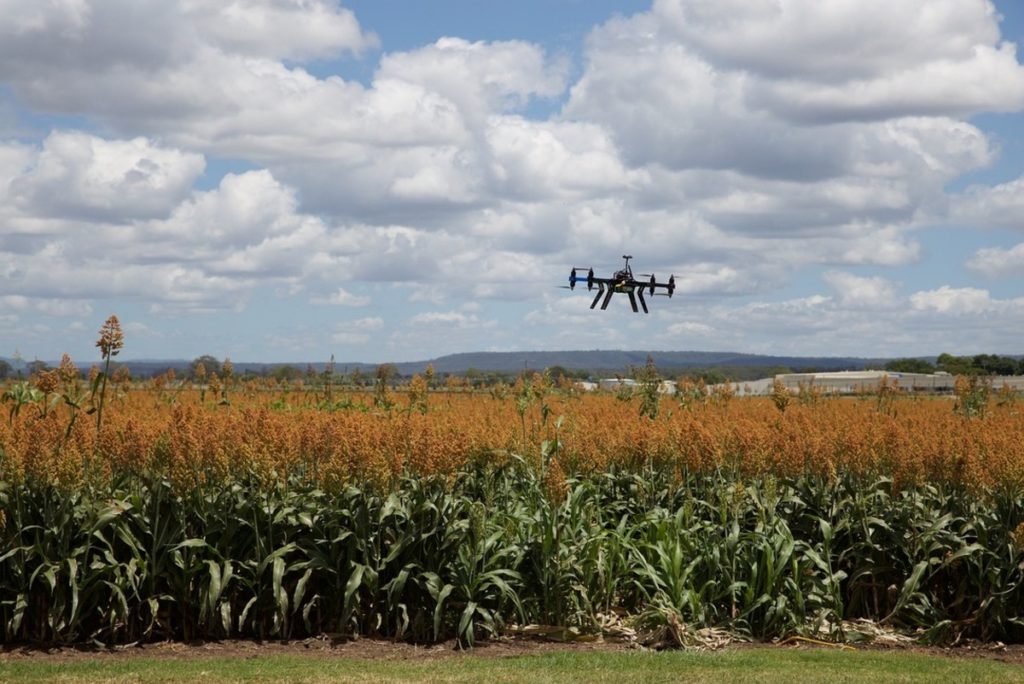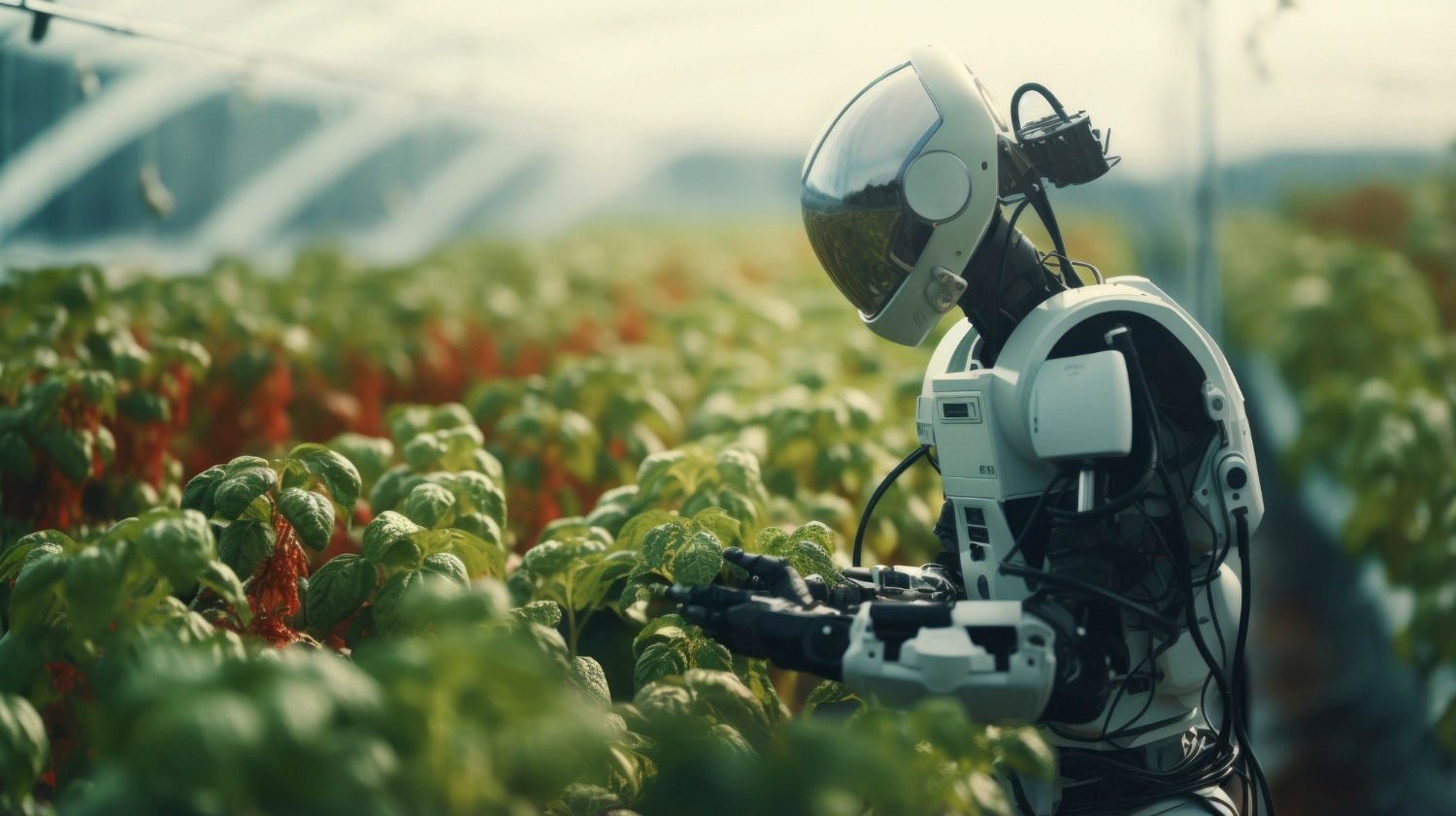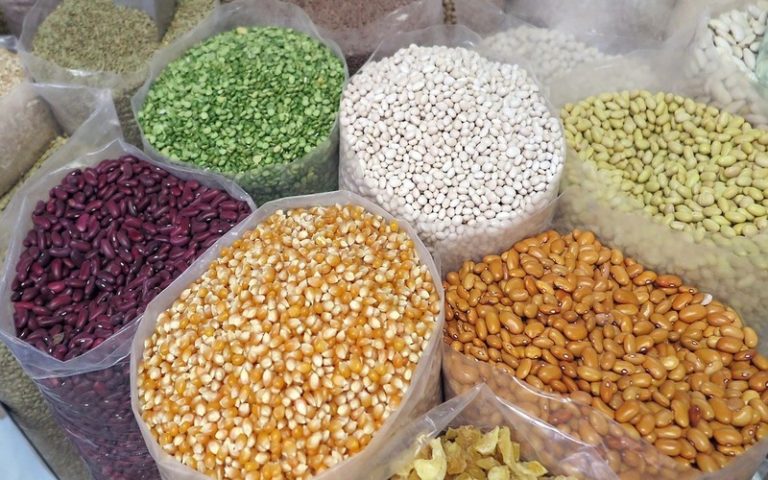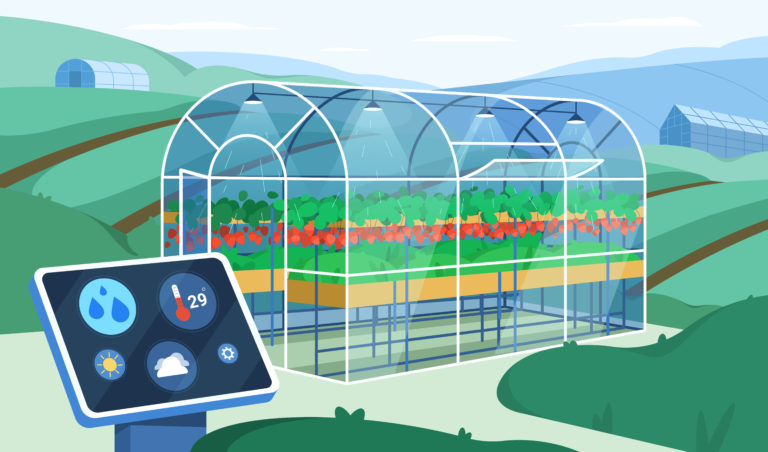Precision Agriculture: Growing Smarter for a Sustainable Future
To help farms grow better food, precision agriculture is like using the skills of a superhero. Modern farming uses high-tech tools to make farming more efficient and better for the environment. Learn about precision agriculture and how it can help farmers and the environment.
What is Precision Agriculture?
It would be great if farmers knew exactly what each plant needed to grow strong and healthy. That’s the idea behind precision agriculture. It makes use of smart technologies to give plants just the right amount of care, water, and food. Farms can grow more food and spend less this way.
Tools in Precision Agriculture:
GPS Technology: They use GPS, which is like the GPS in our cars, to find their exact location on the farm. In the meantime, this helps them plant and plan their crops better.
Drones and Satellites: Think about seeing the farm from above! Satellites and drones take pictures from space that help farmers figure out if their crops need more water or if something is wrong.
Sensors and Data: To get information, farmers put tiny devices in the ground and on plants. It tells them if the crops are good and if they need extra care. It’s like having a farm doctor for each plant!
Smart Machines: Tractors and other farming machines can be like smart robots. They can plant seeds, water crops, and even harvest without wasting time or energy.
Smart Machines: Tractors and other agricultural machinery can resemble intelligent robots. They are capable of watering crops, planting seeds, and harvesting without expending energy or time.
Benefits of Precision Agriculture:
A variety of advantages of precision agriculture have a positive effect on farmers and the environment. Here are several significant benefits:
1. Increased Crop Yields: Precision agriculture helps farmers get the most out of things like water, manure, and chemicals. Farmers can get the most crops from their fields by adjusting these inputs to meet the needs of each area. This makes output more efficient.
2. Resource Efficiency: Farmers can put in the right amount of inputs by using technology and ideas based on data. This cuts down on the general use of resources like water and fertilizers, which lowers waste and protects the earth.
3. Cost Reduction: There may be an initial cost to using precise agriculture tools, but they usually save money in the long run. Farmers can lower their output costs by making better use of resources, using less fuel, and running their farms more efficiently.
4. Environmental Conservation: Precision farming methods help the environment last for a long time. The damage that farming does to the environment can be reduced by using fewer agrochemicals and better watering. This helps keep the earth healthy, water sources safe, and wildlife safe.
5. Improved Crop Quality: Precision agriculture not only aims to boost food output, but it also improves the quality of crops as a whole. Farmers can grow better crops with more nutrients by more carefully controlling things like the health of the soil, watering, and getting rid of pests.
6. Real-time Monitoring: Using monitors and data processing, farmers can find out about the health of their crops in real time. This lets farmers respond quickly to problems like diseases, pests, or bad weather, which keeps food loses to a minimum.
7. Enhanced Decision-Making: Decision Support Systems (DSS) help farmers use studied data to make smart choices. This includes advice on when to plant, how to rotate crops, and when to use inputs most efficiently, which leads to more planned and effective farming.
8. Preservation of Natural Resources: Natural resources like water and land are better protected when precision gardening is used. Farmers can make sure that their farms will last for a long time and have less of an impact on the earth by using these resources more wisely.
9. Adaptability to Climate Change: Precision agriculture is a good way to adapt to changing weather because it lets farmers keep an eye on and change their methods in real time. Farmers can adapt to changes in temperature, weather trends, and other climate-related factors. This helps to lessen the effects of climate change on crop yields.
10. Global Food Security: As the world’s population grows, precision agriculture is becoming more and more important to meet the growing need for food. Making sure that crop amounts are maximized and trash is kept to a minimum helps ensure global food security by making the food production system more efficient and long-lasting.

How Can Farmers Start Using Precision Agriculture?
Precision farming may seem like a big step to take, but farmers can start using these tools in small ways over time. Here are the steps that farmers need to take to start using precision agriculture:
Assess Farm Needs and Goals:
- Set clear tasks and goals for the farm, like making the best use of water, lowering the cost of inputs, or increasing food yields.
- When choosing the best precision agriculture tools, you should think about the size of the farm and the types of foods that are grown.
Educate Yourself and Your Team:
- Know about the newest tools in precision agriculture and how they can help your farm.
- Make sure that everyone on your farm team knows how to use the new tools and techniques by teaching them.
Start with Basic Technologies:
- Before spending money on more advanced precise farm technologies, you should start with ones that are easier to use. For example Start with simple soil monitors or trucks that are directed by GPS.
- Slowly add more advanced technologies as the farm gets used to the simpler ones.
Consult with Experts:
- Talk to agronomists, farm development services, or experts in precision agriculture for help. They can give you advice on which technologies will work best for your gardening needs.
- Go to workshops, conferences, or webinars to learn from farmers who have already used precision agriculture techniques successfully.
Investigate Financial Support:
- Look into any grants, subsidies, or other means of getting money from the government that might be available to help people use precision farm tools.
- When considering the affordability of new instruments, the long-term return on investment (ROI) should be taken into account.
Choose the Right Technology:
- Choose precision agriculture technologies that correspond with the objectives and specifications of your property. For instance, in the context of water conservation, one should prioritize technologies associated with precise irrigation.
- Scalability and compatibility with existing equipment should be taken into account when selecting new instruments.
Pilot Projects:
- Start with a small area and use precise farming as a test project. This lets tests be done without committing the whole farm to the new ways of doing things right away.
- Keep an eye on the results and ask the farmworkers what they think so that changes can be made as needed.
Data Management and Analysis:
- Create a way to gather and handle the data that precision farm tools produce. This could mean working with data processing services or using tools to run the farm.
- To make smart choices about how to handle your crops, you need to learn how to read the data.
Network with Other Farmers:
- Join farming groups in your area or online to share your thoughts and experiences with other farmers who use precision agriculture.
- Work with farms in the area to solve problems and share the best ways to do things.
Evaluate and Adapt:
- Check in on how well the precise agriculture methods on your farm are working on a regular basis. Use this information to keep making changes and improvements.
- To stay on top of the latest advances in precision agriculture, keep up with new technologies.
By taking a gradual and informed approach, farmers can successfully integrate precision agriculture into their practices, reaping the benefits of increased efficiency and sustainability over time.

Future of Precision Agriculture:
As technology keeps getting better and new ideas come up, the future of precision agriculture looks very bright. This will change the way we grow food even more. Here are some of the most important changes and trends that will affect precision agriculture in the future:
Advancements in Artificial Intelligence (AI):
AI will be very important in the future of precision farming. Machine learning systems will get smarter, which will make it easier to predict how crops will do, find diseases, and make the best use of resources.
Smart decision-support systems that are driven by AI will give farmers real-time information and personalized advice on how to take care of their crops.
Robotics for Farming Tasks:
Robotics will be used more and more in precision agriculture, which will make jobs like planting, picking, and weeding easier to do without as much work.
Drones and robots that can fly themselves and are equipped with sensors and cameras will be used to spray crops precisely, take samples of the soil, and check on their health.
5G Connectivity and Edge Computing:
When 5G technology is widely used, it will improve connection in rural places. This will make it easier for devices on the farm to talk to each other faster and more reliably.
Edge computing will make it possible to handle data locally, which will cut down on delay and speed up real-time decision-making.
Internet of Things (IoT) Expansion:
More sensors and devices will be used in farmland to collect data on the health of the soil, the weather, and the state of crops. This will make the IoT ecosystem grow.
IoT gadgets that are connected to each other will give a full picture of the farm, making it easier to handle resources and get the most out of them.
Digital Twins for Farms:
Better improvements will be made to digital twin technology, which makes a virtual copy of the real farm. To make the best decisions, farmers can model and look at different possible outcomes.
With this technology, it will be easier to plan, guess what will happen, and find problems before they happen.
Climate-Smart Agriculture:
Climate-smart techniques will become more important in precision agriculture. These will help farms adapt to changing weather trends and lessen the effects of climate change on crop yields.
In response to environmental problems, technologies will be created to make things more resilient, save water, and make the best use of resources.
Blockchain for Traceability:
The agriculture supply chain will be more transparent and easy to track with the help of blockchain technology. People who have a stake in a crop can see safe, unchangeable records of its full trip from the farm to the table.
Enhanced Remote Sensing:
It will be easier to use remote tracking technologies like high-resolution cameras and satellite images, which will give farmers more information about how crops are doing.
Constant tracking from space will help find diseases, nutrient shortages, and other problems with crops early on.
Biotechnology and Genomics:
Genetic engineering and biotechnology are making progress in creating crops that are better able to handle pests, diseases, and weather stresses.
Using precise breeding methods, crops can be made that grow best in certain soils and climates.
Collaborative Platforms and Ecosystems:
Farmers will be more likely to use communities and tools that let them work together and share data, ideas, and the best ways to do things.
These tools will help build community and allow farmers to work together to solve problems and come up with new ideas.
Precision agriculture is still in its early stages, but study and development are already making it possible for growing methods that are more sustainable, efficient, and adaptable. As these tools keep getting better, farmers can look forward to a time when precision agriculture is a big part of feeding the world’s growing population.
Conclusion:
In the world of farming, precision farming is like having superpowers. Additionally, it helps them grow more food and is good for the ecosystem. Let’s support the farmers who are using precision agriculture to feed more people and make the world a better place.
FAQ
Q: What is precision agriculture?
A: Precision agriculture optimizes farming using technology and data for informed decision-making.
Q: How does precision agriculture work?
A: GPS, cameras, drones, and data analytics are all used to improve how resources are managed in farms.
Q: What are the benefits of precision agriculture?
A: Key benefits include higher returns, better use of resources, lower costs, and protection of the environment.
Q: What technologies are used in precision agriculture?
A: GPS, drones, sensors, data analytics, IoT, automation, and AI are fundamental technologies.
Q: How can farmers start using precision agriculture?
A: Assess needs, educate, start with basic tech, consult experts, and explore financial support.
Q: What is the future of precision agriculture?
A: Advancements in AI, robotics, 5G, IoT, digital twins, and climate-smart practices are anticipated.
Q: How does precision agriculture contribute to environmental sustainability?
A: It cuts down on the use of resources, protects the environment, and encourages growing methods that will last.
Q: Can small-scale farmers adopt precision agriculture?
A: Yes, precision agriculture is applicable and scalable for small-scale farms.
Q: Is precision agriculture only for large commercial farms?
A: No, it is relevant to farms of all sizes.
Q: How can precision agriculture contribute to global food security?
A: Precision agriculture makes farming more efficient, cuts down on trash, and helps feed people around the world.
Also Read:







